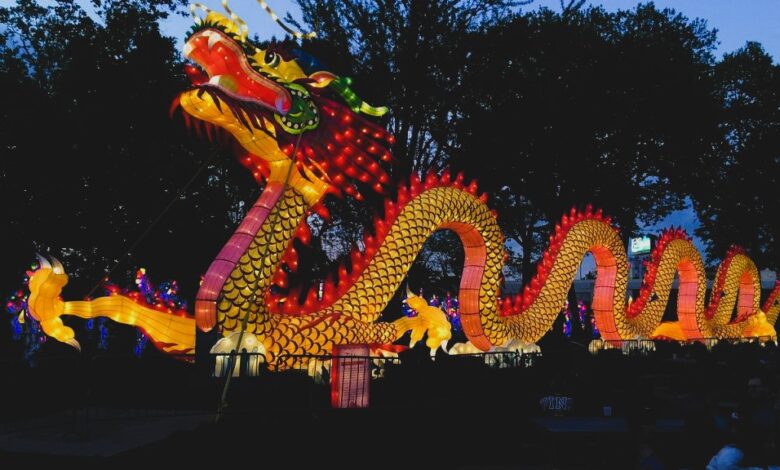Chinese lunar year dragon has origins in a 4,000-year-old Mesopotamian myth
Chinese lunar year dragon is not only associated with Mesopotamian civilization, but it also origins in England

The Lunar New Year begins today, bringing with it the year of the dragon in Chinese mythology in which the word “lóng” (掍), translates to “dragon” in English.
But don’t let the similarity fool you: the stomping, fire-breathing creatures of English legend are not at all like the lucky, ethereal Chinese dragons, according to BBC.
To begin, the Chinese phrase for a tornado, lóng ju̎n fēng, translates to mean “swirling-dragon-wind”, implying that they are more closely connected to wind than fire.
Chinese dragons are not the same as the beautiful Sumerian “ušum-gal,” a fabled snake-bodied, lion-jawed creature from ancient times.
People have coined phrases that roughly translate to “dragon” all over the world and in a variety of languages; nevertheless, there are significant cultural variances in how people conceptualize these entities, and whether they regard them as sacred, friendly, deadly, or simply bothersome.
One thing unifies these dragon-like creatures: they frequently share features with real animals, representing our emotions and interactions with the natural world.
This is a historical investigation of two well-known dragon myths, their real-world parallels, and the lessons they may teach us about our interactions with nature.
Nearly 4,000 years ago, a scribe in ancient Mesopotamia (now Iraq) penned the interesting phrase “ušum-gal” on a clay tablet.
The term is thought to be the first known word for dragon and may be found in Sumerian, humanity’s oldest recorded language. It is derived from the phrases “ušum” (“snake”) and “gal” (big).
Is there a real-life “ušum-gal” in the Middle East?
According to Jay Crisostomo, a professor of ancient Middle Eastern civilizations and languages at the University of Michigan who works on decoding and interpreting genuine Sumerian clay records, Sumerian literature depicts it as a mythological monster inspired by both lions and snakes.
For More Updates Follow: AroundUsInfo.com
“It is one of several mythical creatures [in Sumerian culture] that combined various animals and typically conveyed traits related to wisdom, power, and protection,” he said. “The ušum-gal is especially noted for its mouth, so presumably had a large, gaping maw.”
Chinese dragons are venerated, but English dragons spit fire and battle angels. They signify good fortune and presence by flying above the clouds without wings and unleashing wind instead of fire.



